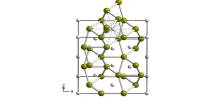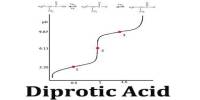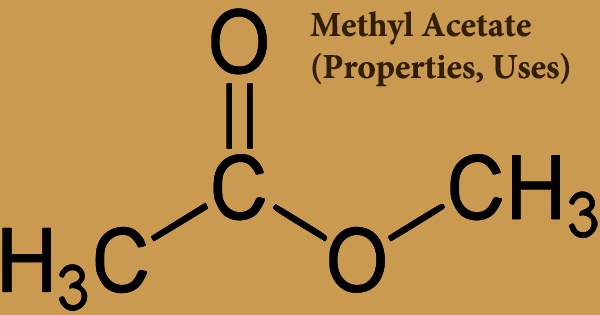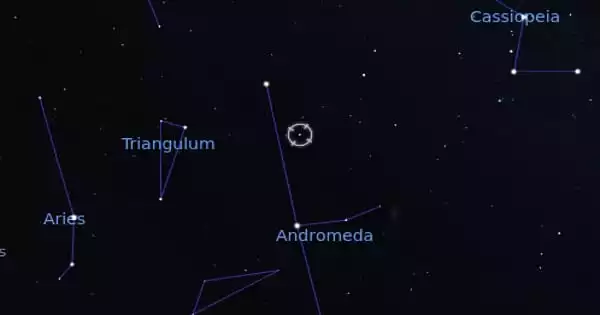Penning ionization is a form of chemical-ionization, an ionization process involving reactions between neutral atoms or molecules. It is a fundamental atomic collision process whereby ions are produced in chemical reactions involving excited atoms. The Penning effect is put to practical use in applications such as gas-discharge neon lamps and fluorescent lamps, where the lamp is filled with a Penning mixture to improve the electrical characteristics of the lamps. Penning collisions determine the creation of population inversion and the output parameters in a number of ion metal vapor lasers. The possibility of the anomalous structure is seen to appear in the energy distribution of the ejected electrons if the difference between the A*–B and A–B+ potential curves has a local extremum as a function of internuclear distance.
An example of Penning ionization is the ionization of mercury by argon: Ar*+Hg → Ar+Hg++e−, which occurs because the energy of the metastable state of argon is higher than the ionization energy of mercury. The process of Penning ionization was discovered by F. M. Penning in 1927.
History
The process has been known since the 1920s but until fairly recently has been poorly understood. The process is named after the Dutch physicist Frans Michel Penning who first reported it in 1927. Penning started to work at the Philips Natuurkundig Laboratorium at Eindhoven to continue the investigation of electric discharge on rare gases. Later, he started measurements on the liberation of electrons from metal surfaces by positive ions and metastable atoms, and especially on the effects related to ionization by metastable atoms. Classically, this appears as infinity in the distribution of electron energies, but the quantum mechanical expressions are reduced to obtain a uniformly valid approximation; the transition region through the classical infinity is characterized by an Airy function.
Over the past decade new experimental techniques such as metastable beams, flowing afterglows, and Penning electron spectroscopy have produced a wealth of data on the process and have prompted the development of new theories. The process is now well described by the concept of an excited quasi-molecule which undergoes auto-ionization. Recent developments in the experimental study of Penning ionization reactions are presented here to cast light on the basic aspects of the stereo-dynamics of the microscopic mechanisms involved. The new capabilities not available to traditional swarm techniques include mass and electron spectroscopy on the reaction products and angle-resolved measurements of the scattering of both reagents and products. They concern the dependence of the reaction probability on the relative orientation of the atomic and molecular orbitals of reagents and products. Recent progress in both experiment and interpretation is critically reviewed, and the prospects for attaining a global understanding of Penning ionization in larger systems are assessed.
















